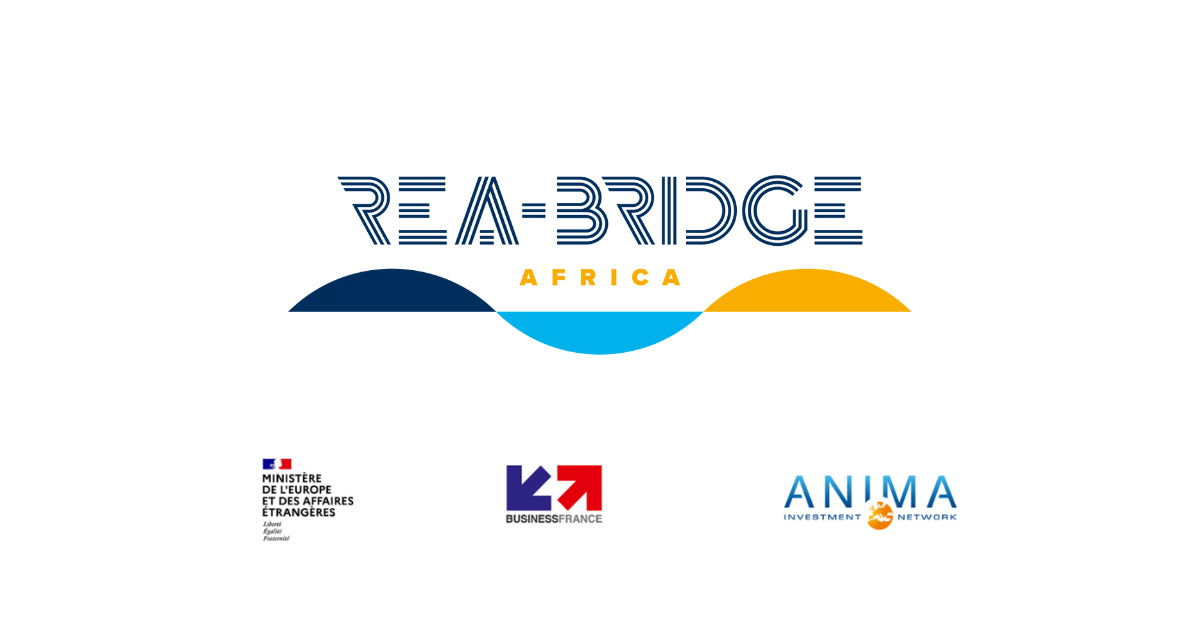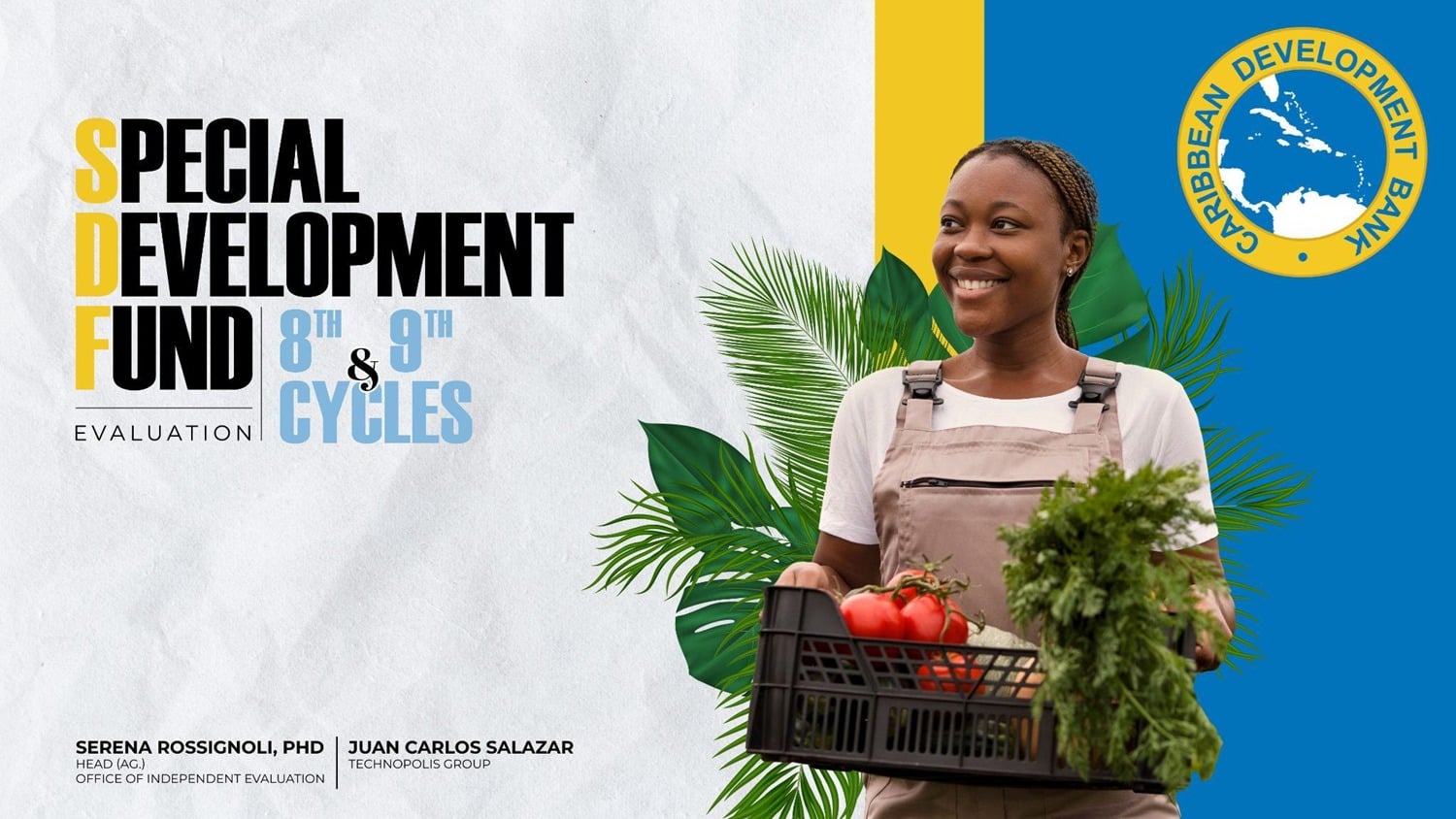In 2000, European Member States adopted the ‘EU Orphan Regulation’. Its purpose was to stimulate the development of new medicines for treatment of rare diseases, better known as ‘orphan medicines’. There are an estimated 30 million people living with one of around 7,000 known rare diseases in the EU alone, but because each of these diseases affects no more than 1 in 2,000 people, for a long time pharmaceutical companies did not see a sufficient business case for investing in research and development of treatments.
When the EU introduced the Regulation, it followed the examples of the US, which had introduced the US Orphan Drug Act already back in 1983, and Japan. Like its American counterpart, the EU Orphan Regulation offers developers of orphan medicines a financial incentive in the form of so-called ‘market exclusivity’. This exclusivity gives a marketing authorisation holder of a designated orphan medicine the sole right to market the medicine in the EU for a period of 10 years, provided there are no better treatment alternatives for the designated indication. The hope was that by giving companies the ability to protect their revenue streams for longer, they would be incentivised to invest in R&D in areas that would otherwise be too unattractive.
Twenty years on, the significant increase in orphan medicines on the market would suggest that the regulation has succeeded in what it set out to do. On 11 August 2020, the European Commission published its own evaluation of the Orphan and Paediatric Regulations. This evaluation draws heavily on the simultaneously published evaluation of the EU Orphan Regulation prepared by Technopolis Group and Ecorys. Our evaluation finds that, by the end of 2017, 142 new orphan medicines had been authorised in the EU for 107 unique conditions, including some very rare ones. Additionally, these medicines have become available in more EU markets and did so faster than before.
Pulling the right strings
So does this mean the regulation should be considered an unfettered success? Unfortunately, in the real world few things are never that simple. For one, for the vast majority of rare diseases there are not only no treatments on the market, but also no promising products in the pipelines. One area where the impact of the regulation has been particularly disappointing is in delivering new treatments for rare diseases that primarily affect children. This had been noted previously in the evaluation of the EU Paediatric Regulation, also led by Technopolis Group. Meanwhile, orphan designations are increasingly being granted for conditions where there are already other treatments available. Clearly, the regulation is not sufficiently managing to steer industry toward the areas of greatest unmet need. Of course the blame for this cannot be placed solely at the feet of the regulation, as product development can be done only where basic reseach has already provided insights into mechanisms of disease. Nonetheless, the attention of the industry appears strongly correlated with areas of highest profits, most notably the lucrative field of anti-cancer medicines.
The high price of innovation
Anyone who has paid attention to the debates concerning the role of Big Pharma will be at least somewhat familiar with another major issue associated with the regulation: that of affordability and availability of orphan medicines. The regulation grants a period of market exclusivity to the marketing authorisation holder but does not ask for any guarantees on availability and affordability of those medicines in return. In recent years, there have been numerous examples of orphan medicines that have been brought to market with eye-watering price tags. These prices cause many to question whether a regulation that is meant to incentivise development in areas where there is no commercial potential, is not giving unnecessary hand-outs to Big Pharma. Our analysis finds that indeed the risk of ‘overcompensation’ exists, although it also suggests that on average there is a reasonable balance between the costs of development and the rewards offered by the regulation. Nonetheless, the balance may be lost in cases where there has been little investment in R&D, such as with repurposed products, or where there is an annual turnover of over €100 million. Moreover, the availability of orphan medicines is highly uneven across the EU and this inequality of access may be set to increase even further. Unfortunately, the regulation offers no tools to address this issue.
Keeping up with science
The evaluation furthermore identifies a number of potential challenges to the regulation associated with advances in medical science, such as personalised medicine, new clinical trial designs and real world evidence. Whilst these advances are set to offer important benefits to patients, by improving the effectiveness and safety of medicines, and getting these to patients more quickly, the current regulatory framework is ill-equipped to deal with them.
Where do we go from here?
The evaluation makes clear that, for all of its positive impacts, the regulation has also had some consequences that at the time of introduction policy makers did not foresee. Meanwhile, the field of medicine and the dynamics in the market for orphan medicines have evolved. It is thus timely to reconsider what measures should remain, which ones should be added, which removed and how the overall architecture of the pharmaceutical regulatory framework can be improved.
As the EC embarks on the process of the European Pharmaceutical Review, policy makers face the difficult task of deciding how the regulation can be amended to improve its effectiveness and minimise the unintended consequences. In doing so, they should be careful not to let the perfect become the enemy of the good.





